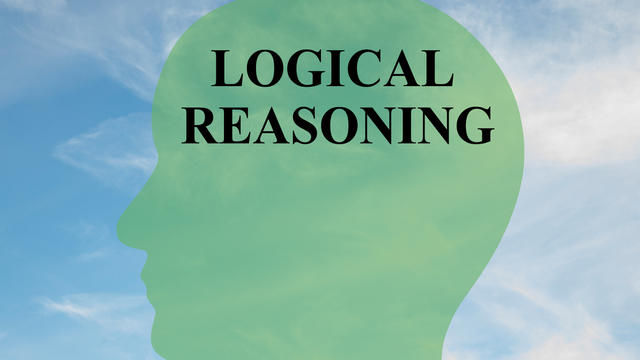There is only one graded Logic Games section and one graded Reading Comprehension section on the LSAT, but there are two graded Logical Reasoning sections. Therefore, 50% of your score is Logical Reasoning. That seems pretty important doesn’t it?”
If you love this section, then kudos to you! If you are not too keen on Logical Reasoning, don’t you fret your little head, we’ll get you across that bridge in no time. The good news is Logical Reasoning is quite simple. Each section has anywhere from 24-26 questions that test your ability to analyze arguments. Most questions have a little argument (i.e. the stimulus), followed by a prompt (i.e. the question stem) to identify the conclusion, an assumption being made, the error in reasoning, or to choose a statement that would either strengthen or weaken the argument. There are two graded Logical Reasoning sections, and if you’re really lucky, depending on your definition of lucky, you might get a third Logical Reasoning section as your Experimental Section to make your day!”
Most stimuli that are presented in this section consist of two main parts: the evidence (i.e. the premises) and the conclusion. Usually some scientist or spokesperson is making a ridiculous conclusion based on some evidence that may not necessarily be connected to that specific conclusion. For instance, “Melody likes only delicious foods. All red apples are delicious.Therefore, Melody likes red apples.” Here, the speaker has made the incorrect conclusion that just because I only like delicious foods and red apples are delicious, that I must like red apples. What assumption has the speaker made? The speaker has assumed that I like all delicious foods, which would then include red apples. But, that was not the case in the three sentences given to us in the argument.”
A very important thing to keep in mind while in this section, and, for that matter, in all the sections, is that the words you see in the stimulus is your world. If, for instance, the stimulus says, “William Shakespeare wrote Death of a Salesman,” then no matter how egregious the error, you take it at face value and begrudgingly walk forward. Don’t bring your real world experience and knowledge into the LSAT; this is a recipe for disaster. The words in the question are your world and you know nothing beyond that point for the purposes of this exam.”
Now back to our “red apple” example. The speaker has incorrectly assumed that just because I like only delicious foods, that I have to like all delicious foods. But this is not necessarily true according to the evidence presented in the stimulus. The premise “Melody likes only delicious foods” actually leaves open the possibility that I could dislike certain delicious foods, including red apples and this possibility destroys the validity of the conclusion.”
This is another important thing to remember, you can never question the evidence that is given to you, but always question the conclusion. For instance, if the question states, “Recent studies have shown that some male giraffes have blue tongues. Therefore, some female giraffes must also have blue tongues,” you cannot question the study that has taken place. You need to take it as a fact that, yes, in fact, recent studies actually have shown that there are a few male giraffes that have blue-colored tongues, but you’d be doing yourself a disservice if you didn’t, with all the might you can muster, question the conclusion: what does that have to do with the female giraffes, hmmm?”
Remember, the LSAT test is repetitive. There are around 10-12 variations of different types of questions on the exam. Once you’ve got those down, you just need to apply the same formula to its respective category of question. Practice, practice, practice! We’ll make you an LSAT lover, if I’ve got anything to do with it or at least LSAT-tolerate and once-in-a-while-lover. I’m up for the challenge if you are.”
Happy Studying!”











